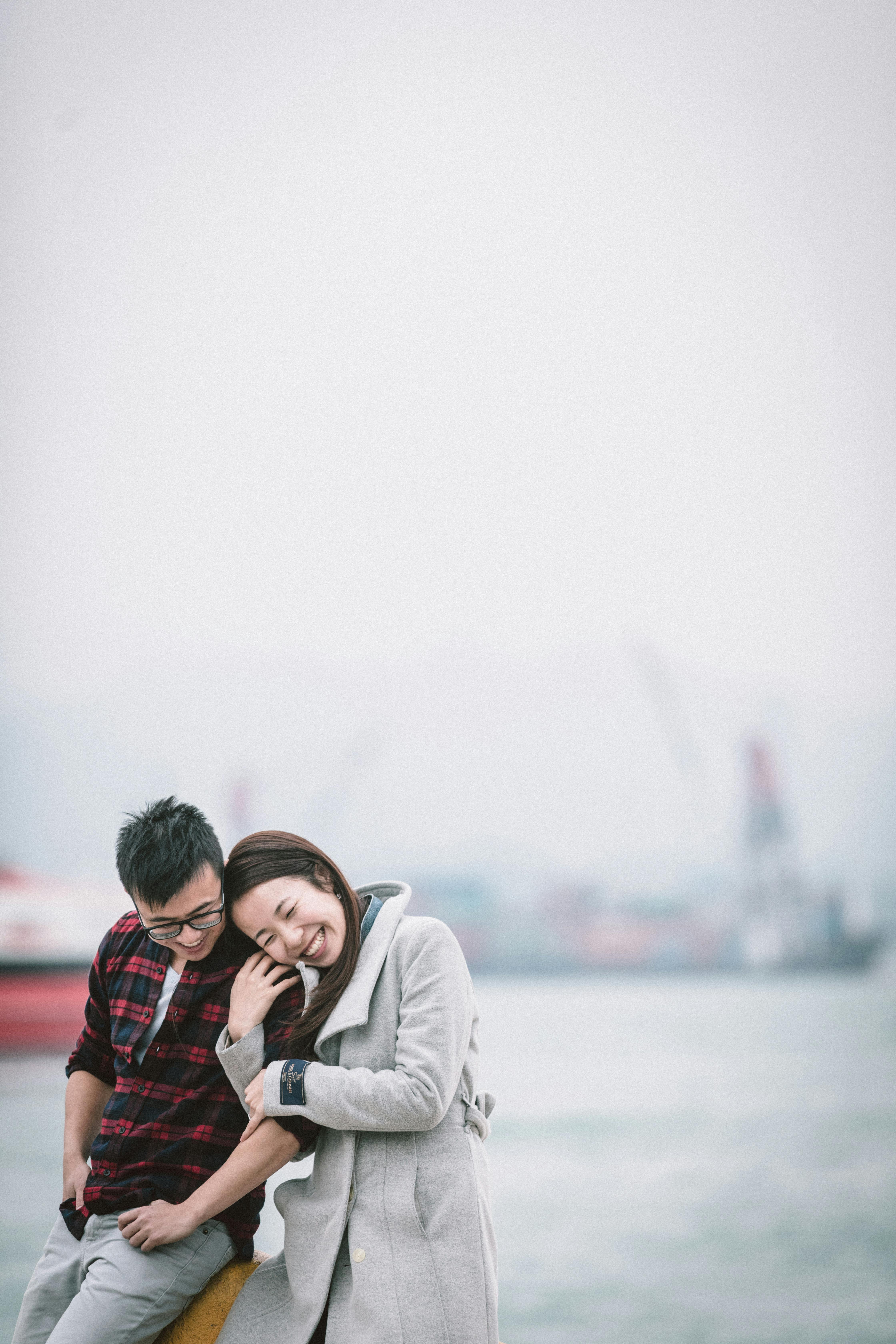The Philippines has a marriage custom.
In the Philippines, marriage customs vary depending on the region https://mediablog.prnewswire.com/2021/02/08/dating-blogs/, religion, and ethnicity. For instance, some couples make a unique thick rice cake or perform old-fashioned religious rituals. Several couples host something equivalent to a rehearsal dinner for their customers in a more contemporary setting.
Filipinos also have marriage sponsers or “aunties and uncles,” although the majority of couples did possess a maid of honor. These special guests are known as the “ninang” or “ninong” for the wedding, “ninong” for the man, and “ninong” for the groom. They participate in ceremonia, including penny ceremonies, veil ceremonies, and rope ceremonies with candles.

In the Philippines, seeking parental approval is a huge part of the marriage custom. In front of the rest of the wedding guests and occasionally even the priest, the ninang or ninong gently touch their parent’s hand to their own forehead, although this is n’t always done during the ceremony itself. This sign acknowledges that their parents https://asiansbrides.com/hot-filipino-girls are giving their daughter to their companion and shows respect for them.
Another significant wedding meeting is known as the pamamanhikan. This crucial stage of a married child’s relationship is significant because it embodies the man’s commitment to his coming wife’s wedding to her community. The girl’s family therefore accepts his suggestion.
A well-known sign in Philippine weddings is the aras or arrhae. It is a ceremony ornament with thirteen coins that represent the couple’s fine health, wealth, and fortune. It is typically carried by a pretty coin carrier. During the festival, the bridegroom places the aras or arrhae on the couple’s palm.
